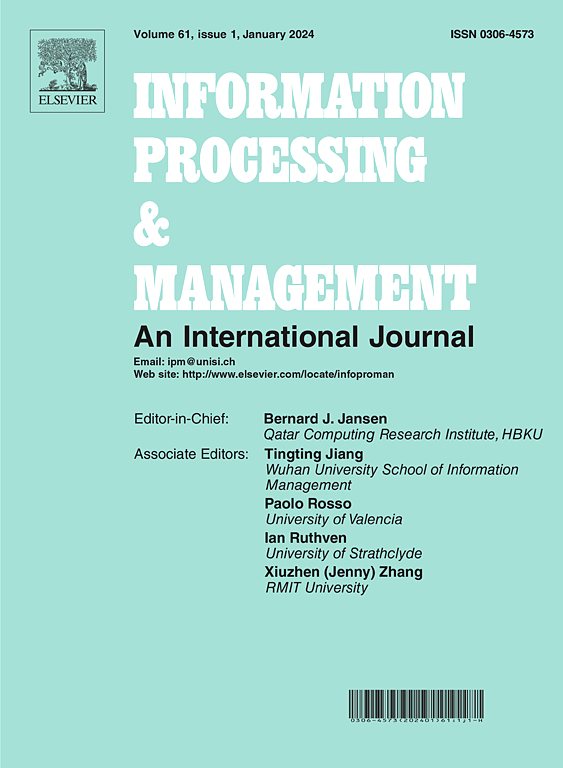基于行程语义的有监督轨迹检索增强生成下一个POI推荐
IF 6.9
1区 管理学
Q1 COMPUTER SCIENCE, INFORMATION SYSTEMS
引用次数: 0
摘要
兴趣点(POI)是指在基于位置的系统中具有潜在兴趣的特定地点。Next POI推荐基于大型语言模型(Large Language Models, llm),将推荐任务转化为问答任务,沿轨迹预测下一个路点,增强用户体验。虽然已有的研究进行了初步的尝试,但仍存在固有的局限性:(1)由于对历史数据中轨迹之间的POI、用户和时间相似性的探索不够充分,以往的研究可能无法将下一个POI纳入提示,固有地限制了llm做出准确预测的能力;(2)现有方法没有考虑到各种旅行语义衍生的候选对象,并且采用基于样本的生成策略,从而提供重复的结果。为了解决这些问题,我们提出了一个名为STrajRAG的基于法学硕士的模型。我们的模型引入了一个有监督的辅助任务,以促进包括下一个POI在内的轨迹的识别,整合用户和时间等异构相似性。我们根据空间距离和总体跃迁频率来考虑候选者,使用波束搜索来产生不同的结果。在三个数据集上进行的大量实验表明,与现有的最先进的方法相比,STrajRAG在不同指标上的性能提高了3%-32%。本文章由计算机程序翻译,如有差异,请以英文原文为准。
STrajRAG: Supervised trajectory retrieval augmented generation for next POI recommendation with travel semantics
A Point-of-Interest (POI) refers to a specific place of potential interest in location-based system. Next POI recommendation based on Large Language Models (LLMs) transforms the recommendation task into a question-answering task to predict the next waypoint along a trajectory to enhance user experience. While existing research has made preliminary attempts, there are inherent limitations: (1) Without sufficient exploration of POI, user and temporal similarities between trajectories in the historical data, previous studies may fail to include the next POI in the prompt, inherently limiting the ability of LLMs to make accurate predictions; (2) Existing methods do not account for candidates derived from various travel semantics and employs a sample-based generation strategy, which provides duplicate outcomes. To address these issues, we propose an LLM-based model named STrajRAG. Our model introduces a supervised auxiliary task to facilitate the identification of trajectories including the next POI, integrating heterogeneous similarities such as user and time. We consider candidates based on spatial distances and overall transition frequencies, employing beam search to generate diverse outcomes. Extensive experiments on three datasets demonstrate that STrajRAG achieves a 3%–32% performance improvement across diverse metrics compared to existing state-of-the-art methods.
求助全文
通过发布文献求助,成功后即可免费获取论文全文。
去求助
来源期刊

Information Processing & Management
工程技术-计算机:信息系统
CiteScore
17.00
自引率
11.60%
发文量
276
审稿时长
39 days
期刊介绍:
Information Processing and Management is dedicated to publishing cutting-edge original research at the convergence of computing and information science. Our scope encompasses theory, methods, and applications across various domains, including advertising, business, health, information science, information technology marketing, and social computing.
We aim to cater to the interests of both primary researchers and practitioners by offering an effective platform for the timely dissemination of advanced and topical issues in this interdisciplinary field. The journal places particular emphasis on original research articles, research survey articles, research method articles, and articles addressing critical applications of research. Join us in advancing knowledge and innovation at the intersection of computing and information science.
 求助内容:
求助内容: 应助结果提醒方式:
应助结果提醒方式:


